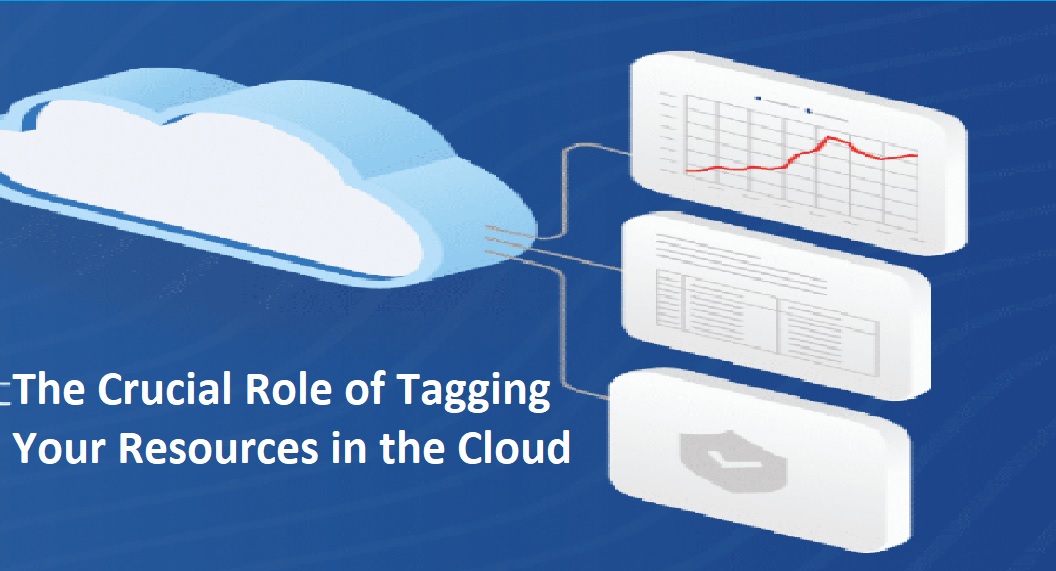As organizations increasingly migrate their infrastructure and applications to the cloud, efficient resource management and cost optimization become paramount. In this context, the often-overlooked practice of resource tagging emerges as a powerful tool for cloud administrators. Tagging your resources in the cloud involves attaching metadata labels to assets such as virtual machines, databases, storage buckets, and more. These tags play a pivotal role in resource organization, cost allocation, and governance. In this article, we will delve into the importance of tagging your resources in the cloud and explore the benefits it brings to the table.
- Cost Allocation and Accountability
One of the primary advantages of tagging resources is the ability to allocate costs accurately. When multiple teams or departments within an organization share a cloud environment, resource tagging allows you to assign costs to specific cost centers, projects, or teams. This granularity in cost allocation enhances financial transparency and accountability. It helps organizations identify which teams are consuming the most resources, enabling them to optimize spending and make data-driven decisions.
- Resource Organization and Management
Tagging serves as a means of organizing resources in a logical and intuitive manner. By labeling resources with tags that reflect their purpose, owner, or environment (e.g., “Production,” “Development,” “Marketing”), you create a structured and searchable inventory. This facilitates resource discovery and simplifies management tasks such as monitoring, backup, and scaling. It also streamlines compliance efforts by grouping resources that need to adhere to specific policies or regulations.
- Enhanced Reporting and Analysis
Effective resource tagging opens the door to detailed reporting and analysis. Cloud providers offer tools and services that allow you to generate custom reports based on resource tags. For instance, you can create reports to track spending by project, department, or application. This level of insight empowers organizations to identify cost optimization opportunities, forecast future expenses accurately, and align cloud spending with business objectives.
- Security and Access Control
Tags can be instrumental in enhancing security and access control policies. By tagging resources with security classifications (e.g., “Sensitive,” “Public,” “Private”), you can establish more fine-grained access controls. This ensures that only authorized individuals or systems can interact with sensitive resources, reducing the risk of data breaches and unauthorized access.
- Automation and Orchestration
Resource tagging serves as a foundation for automation and orchestration workflows. Cloud providers often provide automation tools that allow you to trigger actions based on resource tags. For example, you can automatically shut down resources with a specific tag during non-business hours to reduce costs. This level of automation not only saves money but also optimizes resource utilization and reduces the administrative burden on IT teams.
- Compliance and Auditing
In regulated industries such as healthcare, finance, and government, compliance with industry standards and regulations is non-negotiable. Resource tagging helps in maintaining compliance by categorizing resources and ensuring they adhere to specific security and compliance policies. During audits, having well-tagged resources simplifies the process of demonstrating compliance and passing regulatory checks.
- Scalability and Future-Proofing
As your organization grows, the importance of resource tagging becomes even more evident. Without proper tagging, managing an expanding cloud infrastructure can become chaotic and costly. Tagging resources from the start ensures that as your cloud footprint scales, you can maintain control, organization, and cost efficiency.
Conclusion
Resource tagging is a fundamental practice that should be an integral part of your cloud management strategy. It offers a multitude of benefits, ranging from accurate cost allocation to enhanced resource organization, automation, and improved security. By taking the time to implement a well-thought-out tagging strategy, organizations can harness the full potential of the cloud while maintaining control, optimizing costs, and meeting compliance requirements. In a cloud-centric world, where efficiency and cost-effectiveness are paramount, resource tagging is no longer optional—it’s a necessity for cloud success.
